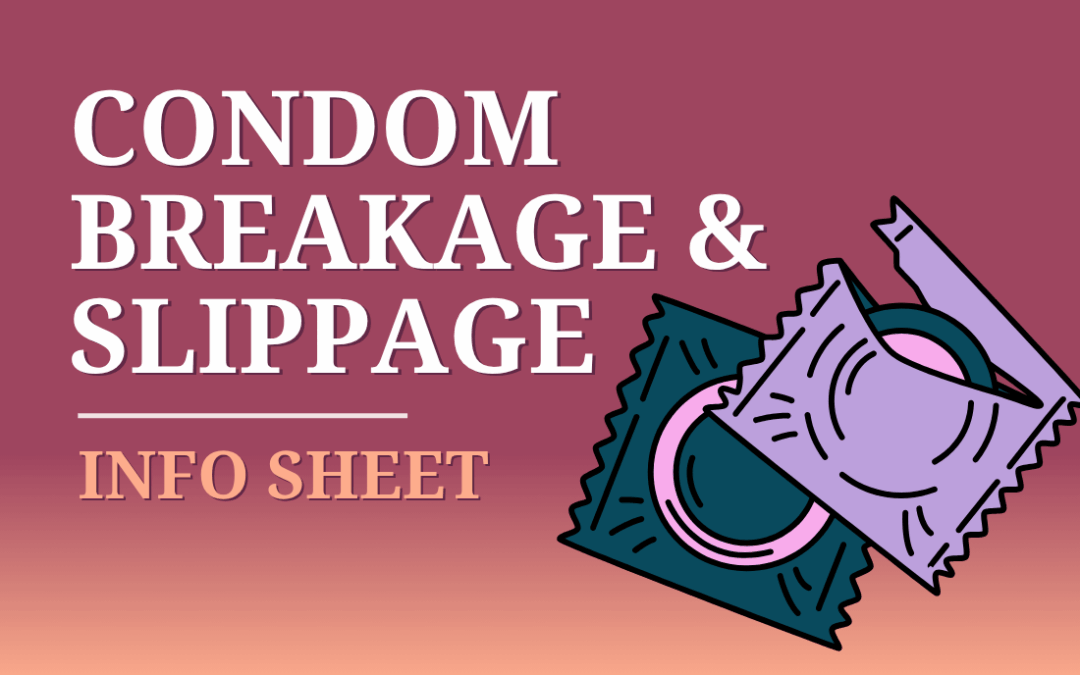Condom breakage can happen to any sex worker, no matter how experienced. These incidents can be stressful and raise health concerns. Knowing how to respond and what causes condom breakage can help protect your health and keep you safer at work.
The Condom Broke During Sex: What Do I Do?
Condoms can break from time to time. Before we get into how to prevent this from happening, let’s look at what you can do during a booking if it does happen.
Here’s a quick guide to help you when a condom has broken or slipped off during a booking.
1. Stop and Stay Calm
Take a moment and assess what has happened and what you need to do.
2. Remove the Condom
- If the condom is still on the penis, hold the base as it is withdrawn, to prevent it slipping off inside of you.
- If parts of the condom remain inside of you, use clean hands or gloves to remove. If you have long nails or jewellery take care to avoid scratching internal tissue, which can increase your risk of infection.
- If the condom is stuck inside, discuss with your doctor or sexual health clinic for safe removal.
3. Do Not Clean Too Much
- Wash gently around the outside.
- Do not wash inside your body or flush internally with other fluids.
4. Bear Down
- Try to bear or push down using your pelvic muscles to expel any remaining semen.
- If possible, try to urinate to protect your bladder from infection.
- It’s your choice if you wish to continue or terminate the booking.
- The Workplace Health and Safety Act allows you to refuse work you feel may be a serious risk to your health and safety.
6. If you continue the booking
- Use a new condom.
- Or offer a different service, like hand relief or oral.
7. If You Think Stealthing has Happened
- Stop the booking.
- If the condom is intact, tie off the end in a knot to stop leakage.
- Keep the condom in a sterile or clean container, even if broken.
- Do not wash your body or move anything in the room.
- This might be sexual assault. You can report it if you want to.
8. Go to a Clinic and Pharmacy
-
Go to a local pharmacy to discuss contraception, if applicable.
-
Visit a sexual health clinic and tell them you have had a condom break. Discuss Sexually Transmissible Infection (STI) and HIV prevention treatments.
You can contact Respect Inc for help at any point you need support or advice following a condom breakage or slippage.
“If you have a broken condom, try to remain calm and remember this happens to most people who use condoms at some point.”
More information available in the full resource.
Disclaimer:
The information provided in this sheet is for general informational purposes only and should not be considered legal advice or instruction.





